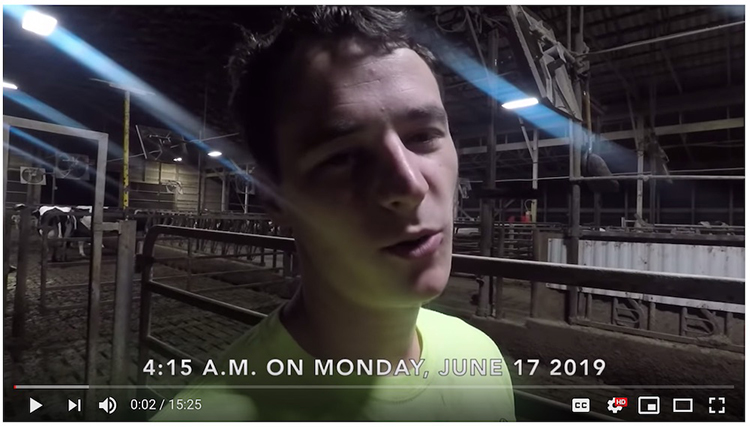The most important part of generating lots of views on YouTube is the content. Bad content or content that doesn't resonate with the YouTube audience will never work. If someone asks why their videos aren't getting a lot of views, I almost always suggest revisions to their content.
What works on YouTube?
1. Humor
2. How-to's or edutainment
3. Music videos/parody
4. Day in the life
Videos that go viral are almost always funny or hit the heartstrings with viewers. People are on YouTube to be entertained or learn something new or both. That's why edutainment is a great way to get your information across.
Music videos, and especially parodies, are effective. Just understand that if you use someone else's music, you must give them credit, a link, and ask for permission. If you make any money on the video, it will go to that artist and not you.
How to create YouTube videos
- Plan your video — take the time to think through what you want to do unless it's a funny moment. Remember that this isn't an Instagram Story or Facebook Live.
- Stable shooting — get a cheap tripod or make sure that if someone is filming that you don’t move too quickly and never zoom. Use a GoPro if you want to move around a lot.
- Good sound — use a microphone or stay within five feet of your camera or phone's mic.
- Good lighting — if it's too dark people won't watch. Try not to look into direct sunlight, it makes you squint.
- Edit your videos and get to the point — don't waste people's time. They have very short attention spans on YouTube, so cut out the dull areas.
- Add closed captioning / text — it's estimated that 75 to 90 percent of people watch video without the sound. Make sure you get your points across by adding closed captioning.
How to get your video to rank
Here are the most common ways to ensure you've done what you can to rank highly in YouTube and Google searches.
- Title of the video — If someone was searching for your video, what would they type into a YouTube or Google search? Does your video answer a search question? Make that your video title (for example, How long are cows milked?)
- Video description — You have space to put 5,000 words into the video description, but most people fail to use it. This area helps describe your video, and you can put links to your website or social media channels.
- Tag your video with keywords that you believe people will use to find the video. Make sure you've actually used those words in the video itself.
- Add a title screenshot — many videos have a title slide that repeats the title of the video so people can easily see what it is about.
How does YouTube rank your video?
- Watch time — YouTube measures how long viewers watch the video. If they drop off early, then it will go down in rank.
- Video length — YouTube education content that is entertaining usually requires more than just a 30 second video. Plan on 3 to 4 or even more minutes of relevant information.
- Number of subscribers — the more subscribers means people will get notifications and potentially watch the video.
- User interaction — never turn off comments if you want to rank. You don't have to address every comment. Ask people to share or link to your content.
Should you share YouTube videos on Facebook or other platforms?
No, I recommend you always upload the video to each platform individually. If you want more views, I recommend embedding the YouTube video on your website or linking the video from your email newsletter for more views.
The best thing to do is continue to practice making videos and uploading them to YouTube. You'll only get better at understanding how the platform works.
Please let me know if you have questions about YouTube video. You can email me at don.schindler@dairy.org.
If you would like to know more about your national checkoff and what we are doing to promote dairy products and dairy farming, please join our Dairy Checkoff Facebook Farmer Group.

The author is a Senior Vice President of Digital Initiatives at Dairy Management Inc.








